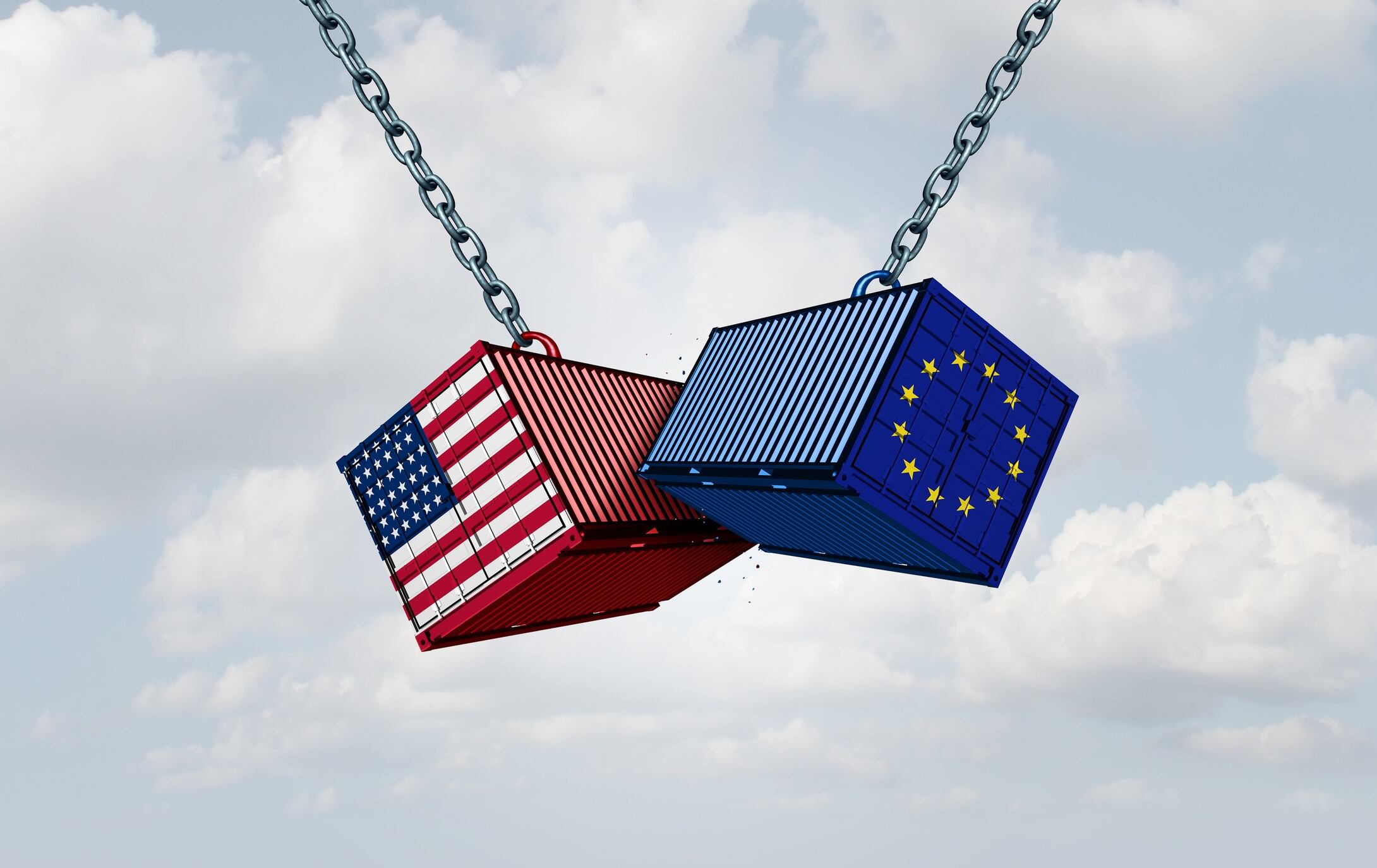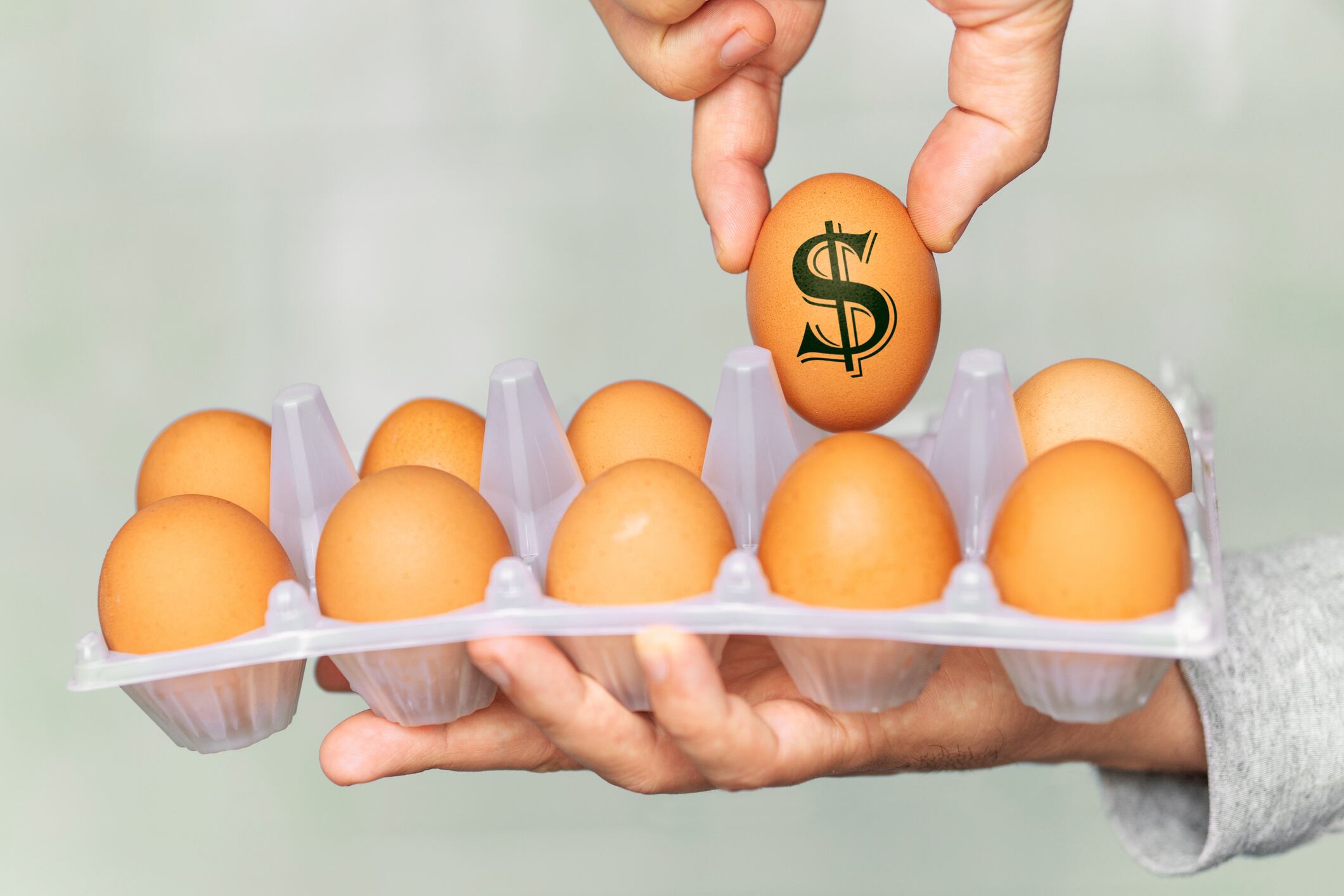Global stock markets went into meltdown Thursday morning (3 April) as they opened to the news that US President, Donald Trump, had followed through on his threat to enforce tariffs on imports.
Of the more than 180 countries and territories affected, China was hit hardest with a staggering 54% tariff on goods, while the European Union received 20%. By contrast, the UK escaped relatively lightly with a 10% tax, though it had hoped to be left off the list completely.
And there’s no doubt this will hit food and beverage manufacturers hard, with major exports to the US, including wine, beer, cheese, chocolate and coffee all impacted.
The food and beverage industry was quick to respond, with a spokesperson for Food Drink Europe stating, “Europe’s food and drink industry deeply regrets the US’ decision to impose 20% tariffs on imports from the EU, given the impact it will have on transatlantic trade, businesses, and consumers.”
And that impact will be significant, with Simon Geale, executive vice president at supply chain consultants, Proxima, warning the tariff shift will trigger price hikes, production slowdowns, and tough strategic decisions.
But while governments are threatening retaliatory tariffs, industry experts are advising manufacturers on how to successfully navigate the changes.
Successfully navigating Trump’s tariffs
This week’s announcement sent immediate shockwaves through the food and beverage industry, but the bigger concern is the lasting impact it will have. Manufacturers need to make changes now, rather than hoping everything will go back to normal in a week or two.
“This represents a system shock that will lead to long-term change, regardless of whether it’s viewed as ‘unfair’ or ‘seismic’,” says Proxima’s Geale.
And big decisions need to be made, with Geale advising manufacturers to decide whether to absorb costs, pass them onto consumers, or adjust their supply chains.
Plus, these changes will impact businesses differently, with Geale explaining that premium brands can mitigate price rises, but low-margin businesses will struggle, making cost control critical for the next 12-18 months.
It was rumoured early on that Trump’s plan was to encourage companies to move operations to the US, and this could be the solution for major manufacturers, with the financial resources to relocate.
“One option for businesses is to accelerate localisation by investing in the US or other key markets,” agrees Geale.
Though he advises that high-cost labour markets could deter investment unless the policy shift is confirmed to be long-term. And unfortunately, the erratic nature of the current administration makes this confirmation unlikely.
However, Gaele suggests that a partial set-up in the US could be a solution for manufacturers that rely on third-party nations for raw materials. This would help balance cost and specialisation in the production process.
“Companies may also leverage tools like transfer pricing and tariff engineering to navigate the system,” says Gaele.
Uncertainty around when the system will stabilise and for how long makes it crucial for companies to consider global business dynamics and explore alternative trade agreements
Simon Geale, Proxima
One major option governments and manufacturers should consider is investment in alternative markets.
“The uncertainty around when the system will stabilise and for how long makes it crucial for companies to consider global business dynamics and explore alternative trade agreements,” says Geale.
This would deal a massive blow to the US economy and fly in the face of what President Trump is trying to achieve in implementing these tariffs in the first place.
Prepare for uncertainty
What’s clear is that so much is currently unclear. It’s not known if these tariffs will stay in place for the remainder of President Trump’s time in office, it’s not known how it will impact global economies in the long-term, and it’s not known how this will impact food security. However, Geale warns businesses to brace for increased costs, shifts in the global supply chain, and the potential for a global recession.
“In such volatile times, businesses must adapt quickly to safeguard their future,” he says. “What we do know is that this strategy is a bet, and as with most bets, there will be a winner and a loser.”





